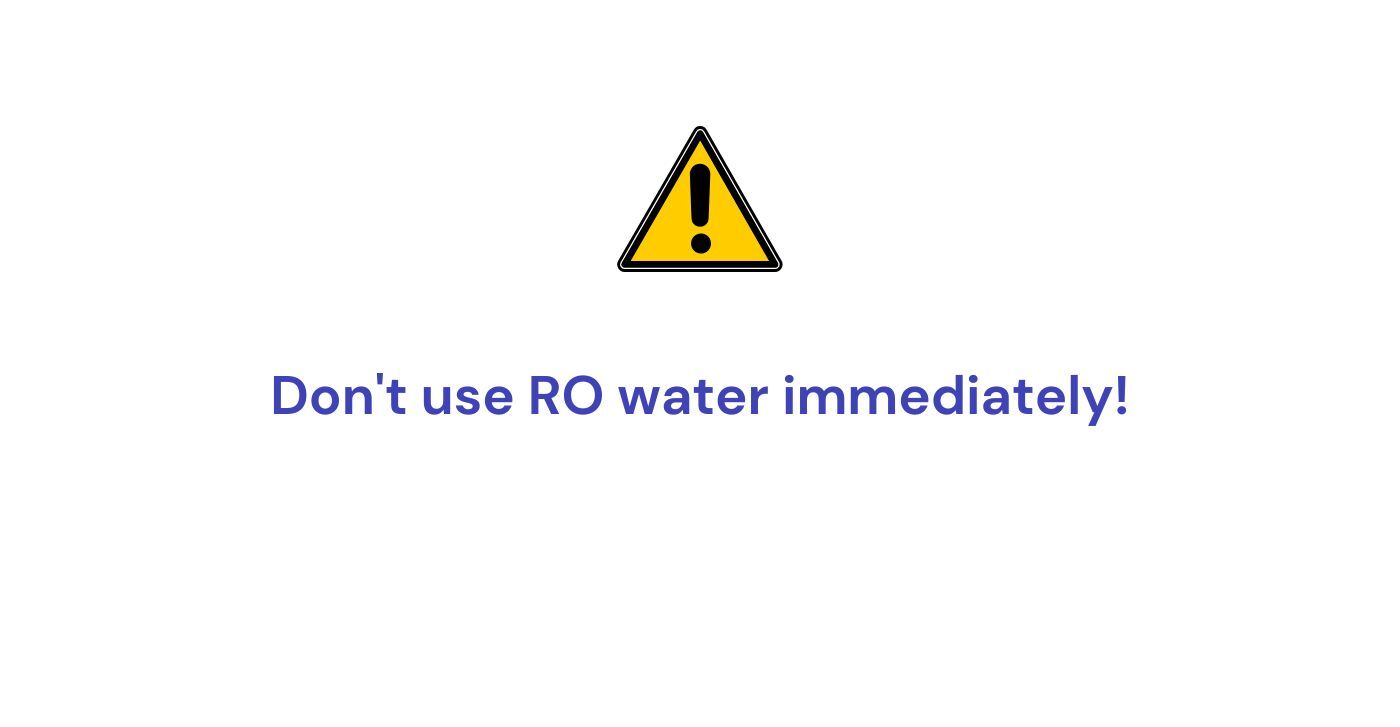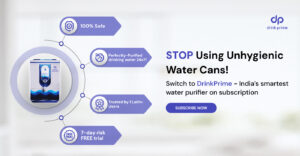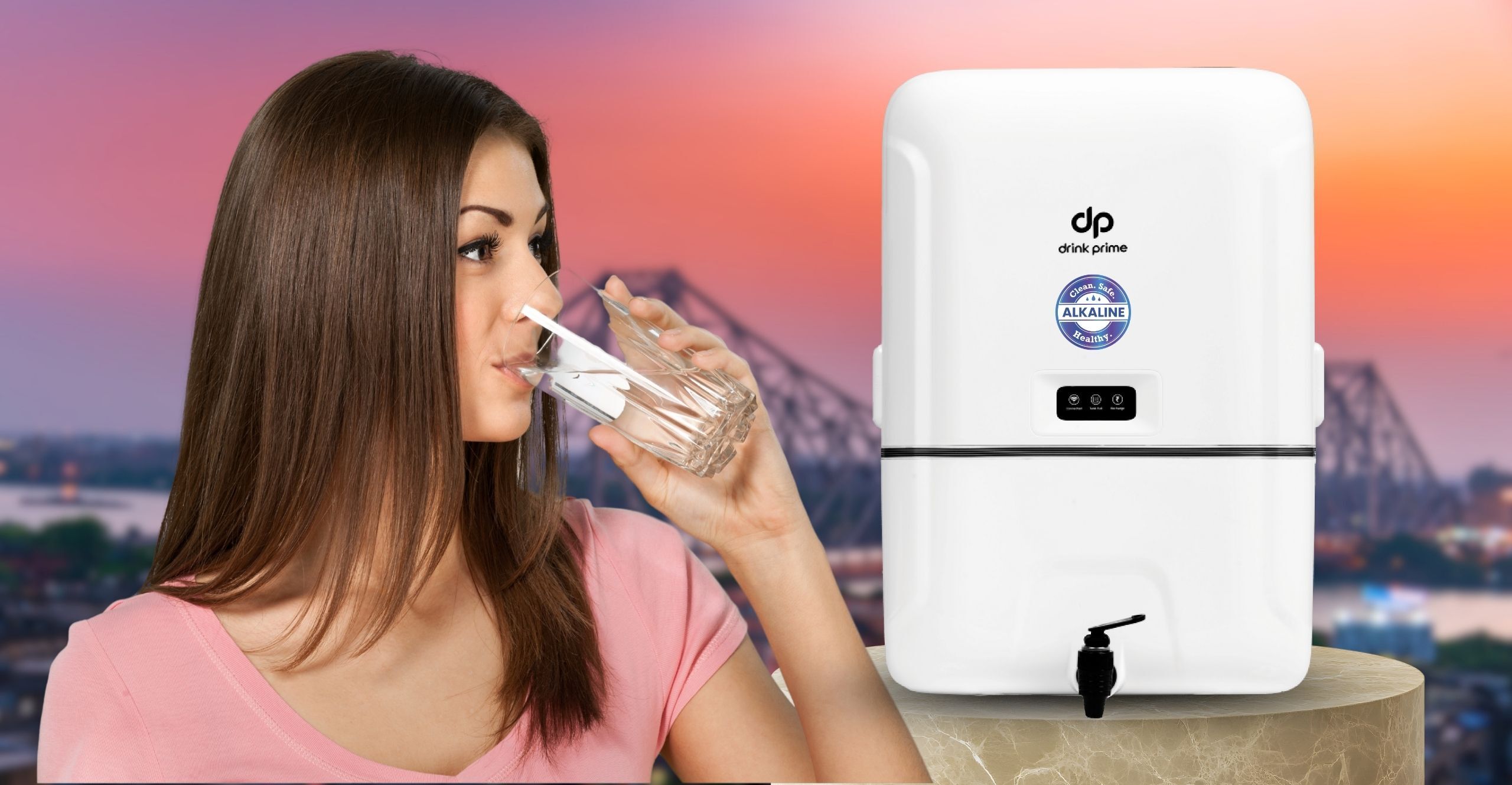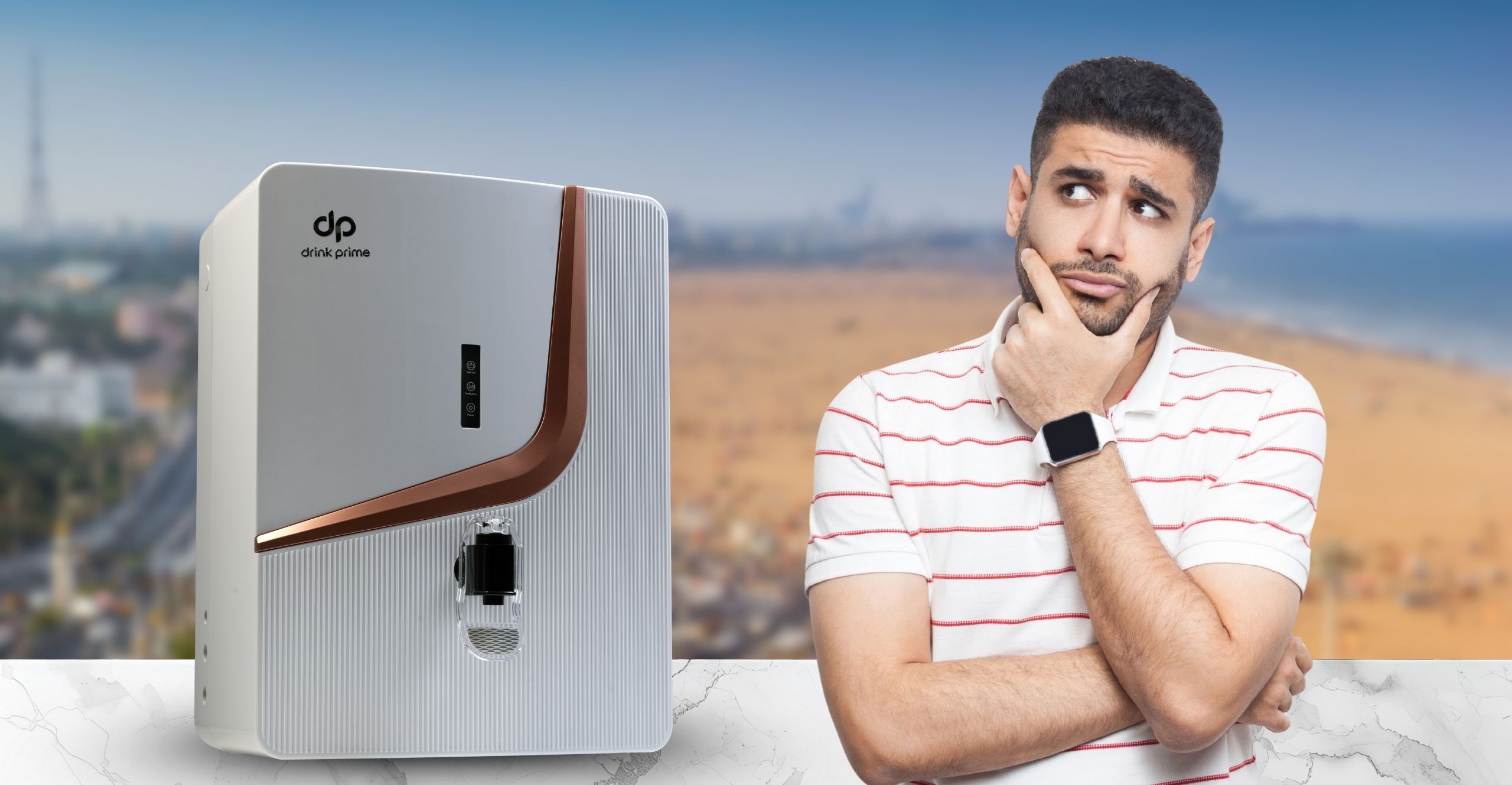Given the quality of water that is available, an RO water purifier has become an essential household appliance, irrespective of where you stay. Even though you take the utmost care and precautions to ensure that you get access to safe drinking water, issues related to how to clean RO water tank and why it is important to do so may often be overlooked.
This is a crucial aspect and if neglected may affect the smooth functioning of the RO purifier and sometimes even the quality of water that you consume. In this article, we discuss why it is important to clean your RO tank and offer you detailed stepwise instructions, to help you clean your RO water tank, in a hassle-free manner.
Can bacteria grow in RO water tank?
An RO tank is essentially a storage tank that collects water which is purified by the RO membranes. If water is stored for a considerable amount of time in the tank, it can become a breeding ground for bacteria and other pathogens.

Foul-smelling and tasting water are often the first signs of water contamination. A water purification system is designed for regular usage. If there is any downtime or your device has been inactive for some time, there is a very high chance of microbial contamination. That is why it is recommended that you empty out your RO tank and turn off your RO system when you plan to travel. Even if you are using the RO purifier regularly, it is important to drain, sanitize and refill the RO tank consistently, to avoid the risk of contamination.
Why is it required to clean the water tank of your RO system?
As time passes, your RO water purifier needs regular servicing and maintenance, to ensure that it works optimally. Although the questions around how to clean RO water tank and when to replace them are dealt with occasionally, RO tanks are mostly ignored. Sanitizing your RO tank is a crucial component when it comes to the longevity and performance of your RO purifier. Ignoring this aspect can even affect the quality of water that your purifier produces. This is true, especially if the water quality in your area is bad. If the RO tank is not drained and cleaned for long periods, it can cause scaling and foul odors.
The water thus collected may become a hotbed for bacteria and other pathogens, which can have an adverse effect on your health. Cleaning the water tank flushes out organic debris and other contaminants which may have been collected in the tank. It is recommended that you clean your RO tank once every 6 months or at least once a year. Determine how often you need to clean your water tank by following the manufacturer’s instructions and checking the water quality in your area (if you have very hard water then you may need to clean your RO water tank more frequently).

A step-by-step guide on how to clean your RO water tank.
It is recommended that you clean your RO tank every six months or at least annually to prevent scaling, foul smell and bacterial buildup. This can be ideally combined with changing your filter or membrane so that it is not forgotten. Follow these steps to ensure that you clean you tank easily and effectively.
1. Start with clean hands.
Wash your hands with soap and water to ensure that your hands are completely clean before you start the process.
2. Close the water supply.
The RO tank must be disconnected before it can be cleaned. Cut off water supply to the tank by turning off the shut-off valve located under your sink. Then turn off the power.
3. The next step is to drain the water out of the tank.
Line the floor with some absorbent cloth so that it absorbs the spilled water.
4. Identify the incoming water line and open the valve.
You may need a plier, to loosen the plastic nut that secures the incoming water line. If the valve is absent, then use the dispensing tap to release water.
5. Open the lid of the RO tank and start cleaning the tank.
The best option is to use a ready-made RO sanitizer which is available in the market. The other way is to use a solution of dish soap and water. Using a funnel pour the solution into the tank opening and allow it to soak for a while.
Meanwhile using a sponge and dish wash soap and water clean the exterior thoroughly. Then, clean the interior of the RO tank with a scrub or bottle brush, taking special care to clean the corners to ensure that all the accumulated sediments are cleaned out.
6. Flush out the tank with clean water and rinse thoroughly.

Reconnect the waterline, connect the RO to this and secure all the loose plastic nuts, before switching on the device.
It is recommended that you do not use the RO water immediately after cleaning the tank, for drinking. Even though the tank is rinsed with water, it may contain traces of the cleaning agents. So, it is prudent to not drink this water for a while. Use the first few liters of RO water for other household activities like mopping floors, watering plants or cleaning bathrooms.
Take care to use only the recommended cleaning solution or any other nontoxic solutions to ensure safety.
Get 7 Days Risk Free Trial
Knowing how to clean a RO water tank and to clean water filter is a skill that every water purifier owner must possess. To ensure that your water purification system is functioning optimally and to have access to clean and safe drinking water, it is vital to ensure proper maintenance of the device. Regular servicing and changing of the filters and membranes and cleaning the RO water tank, will protect you from bacterial buildup, sediments and scaling giving you crystal clear and tasty water each time.




